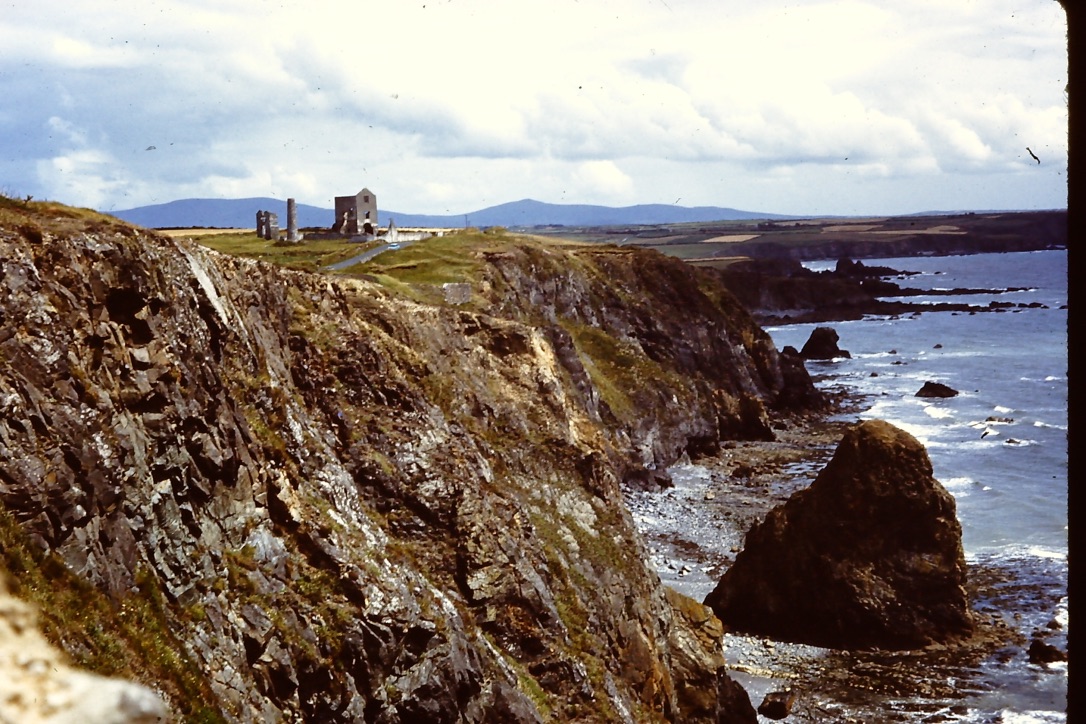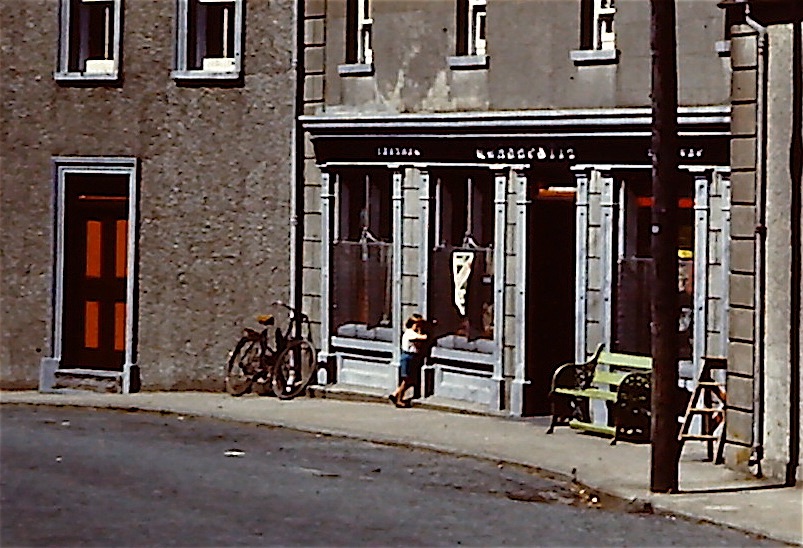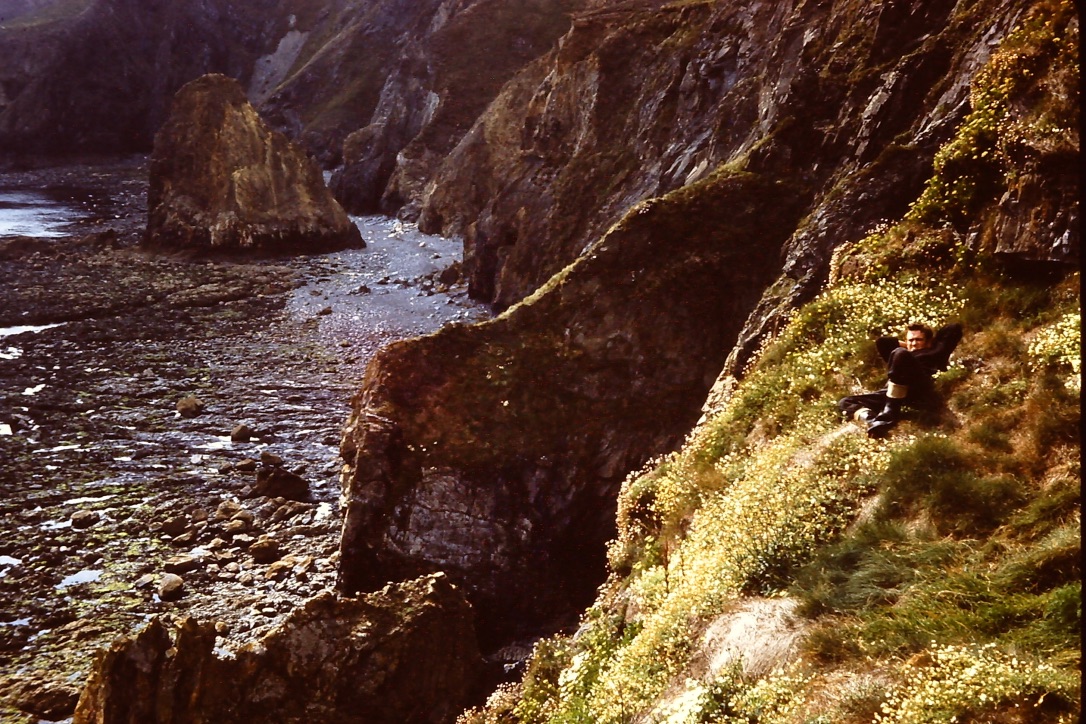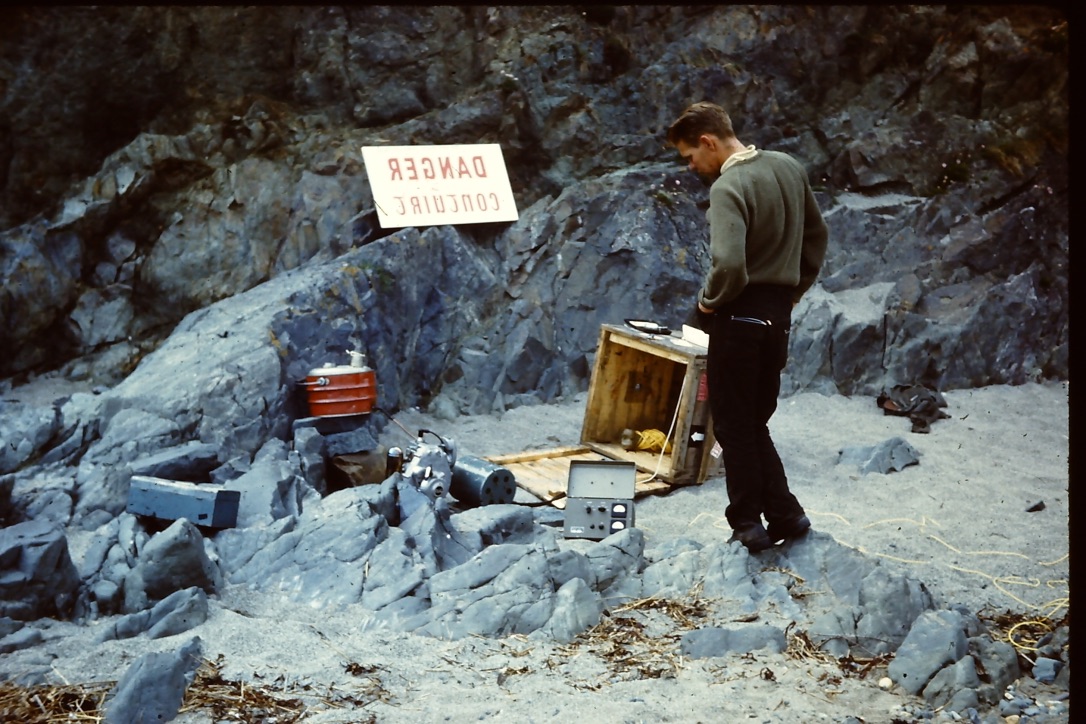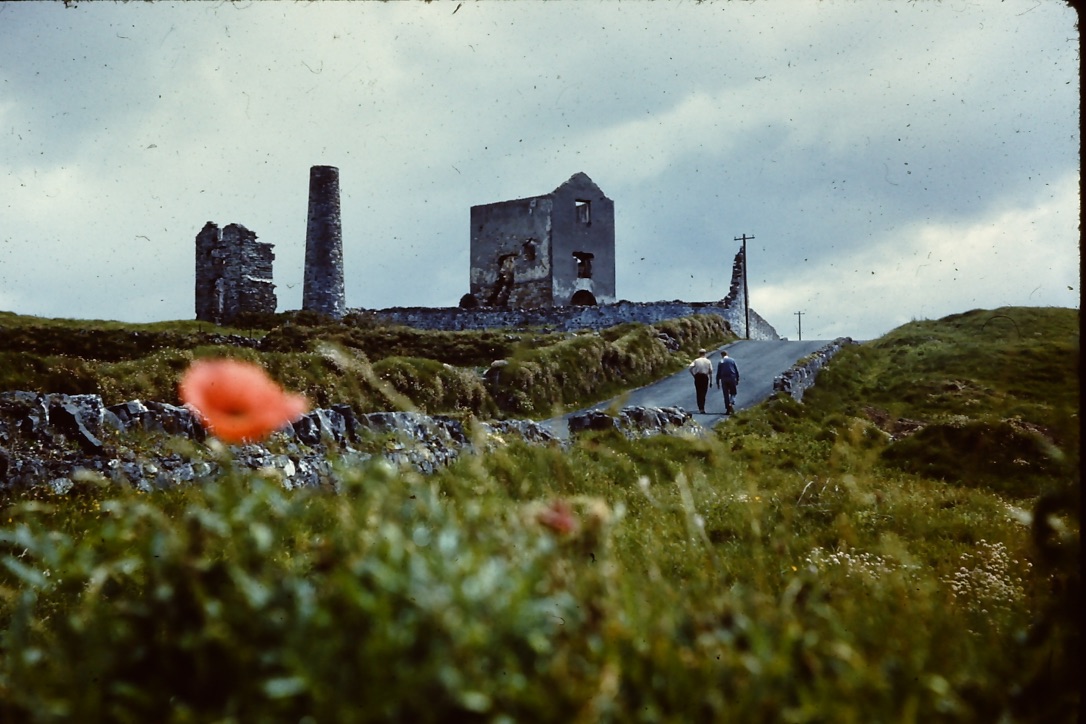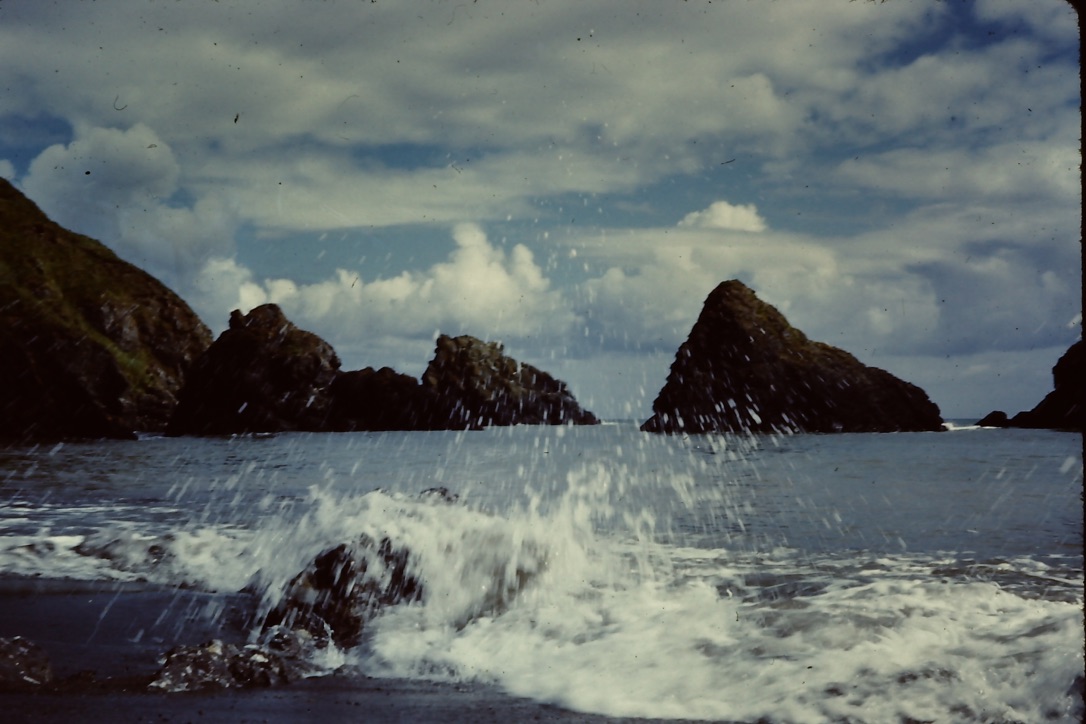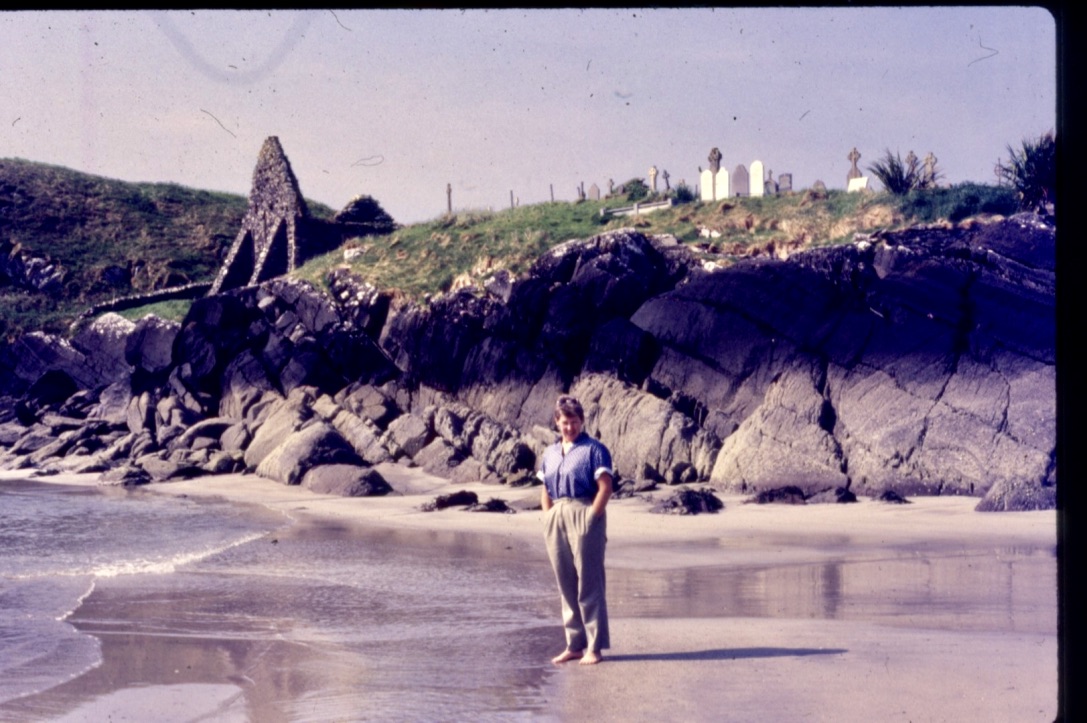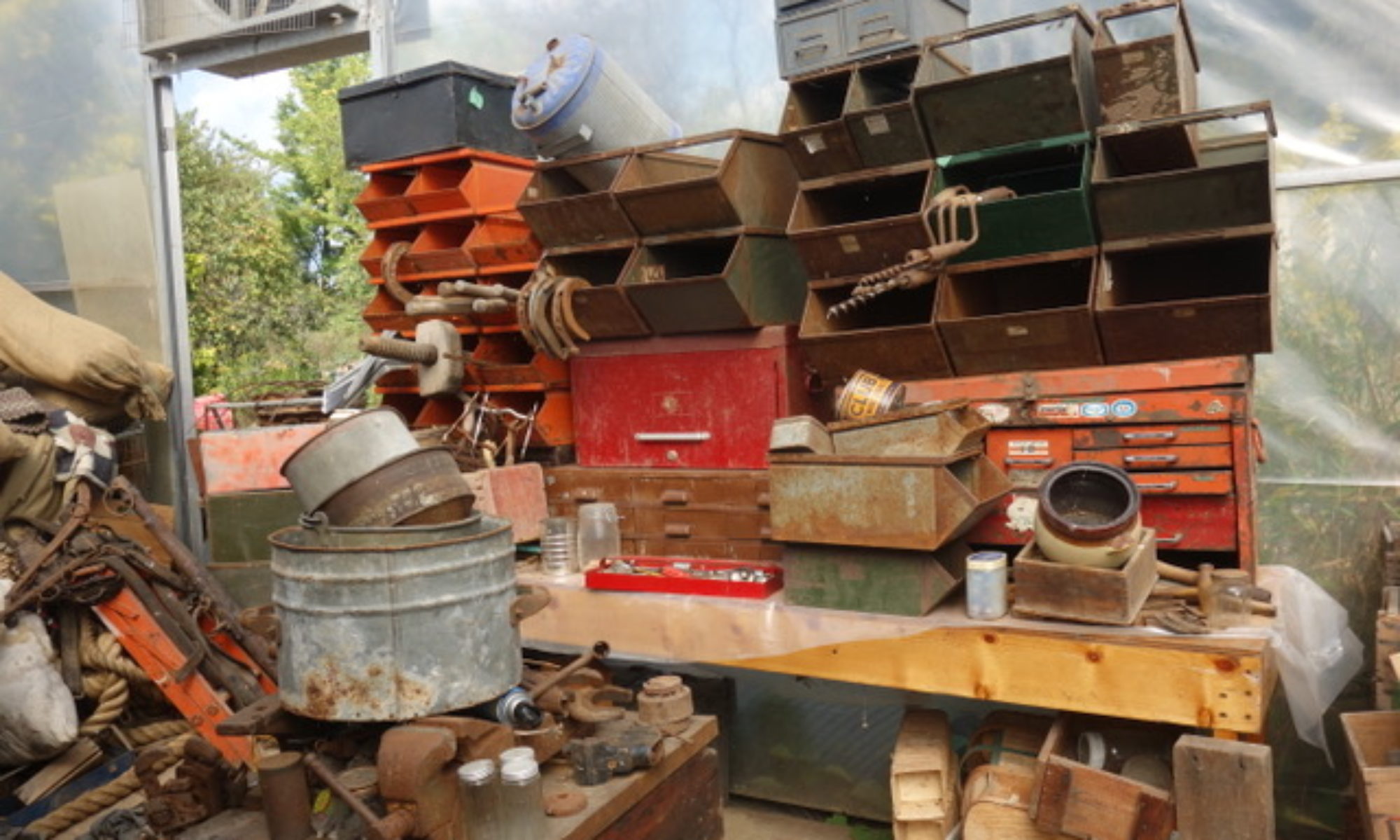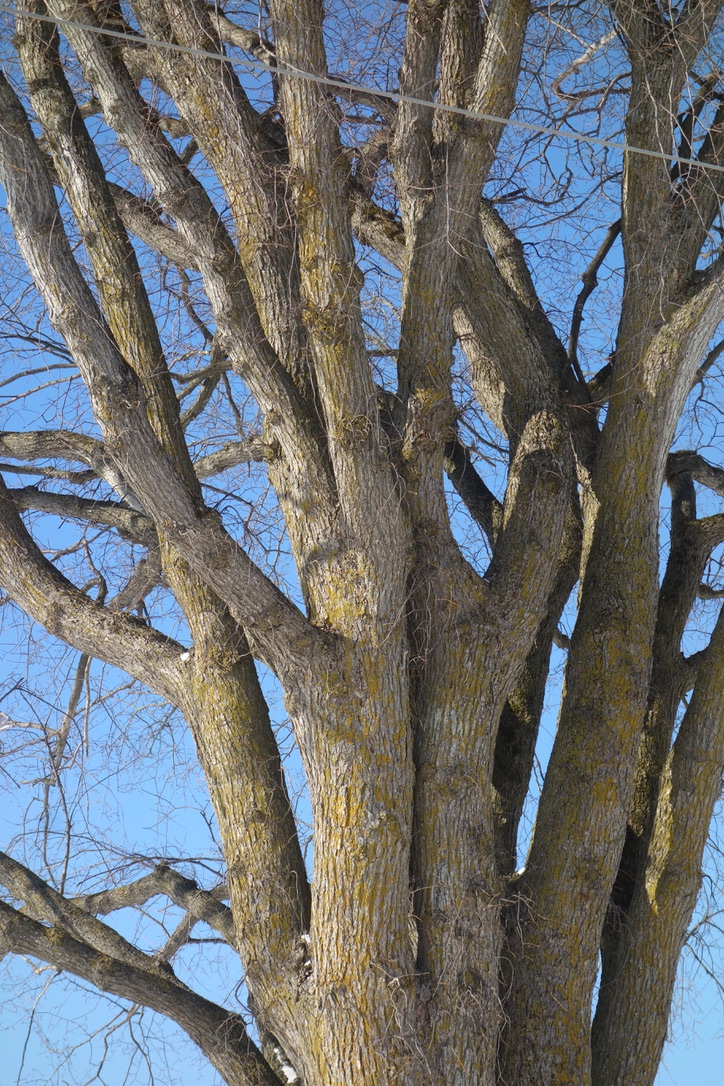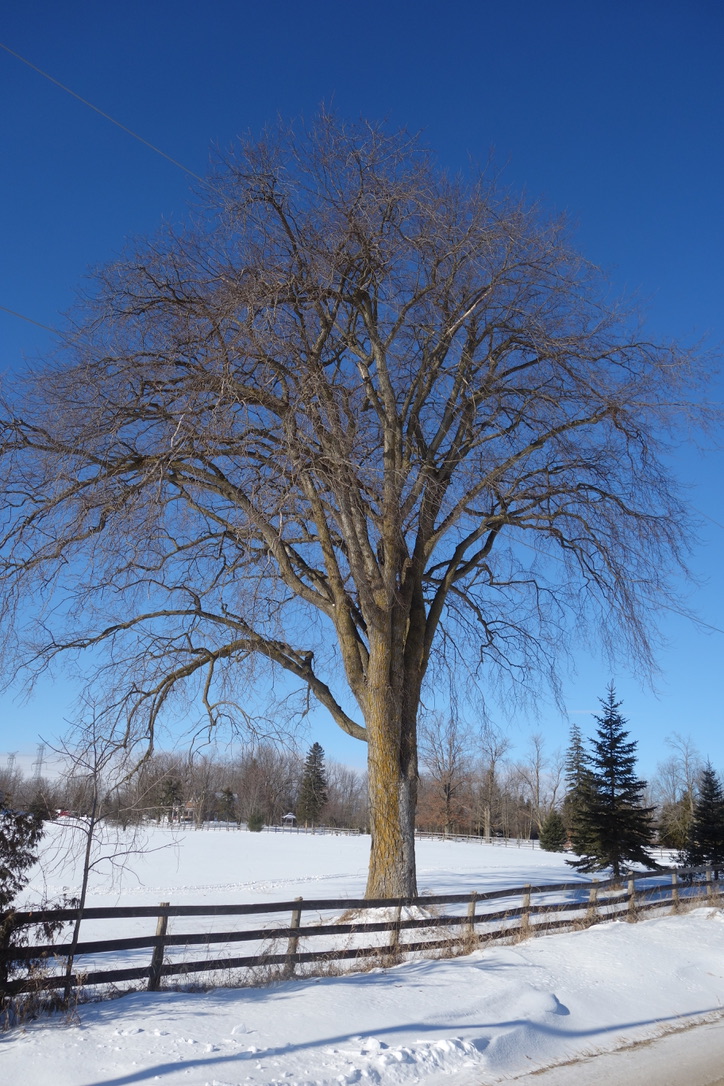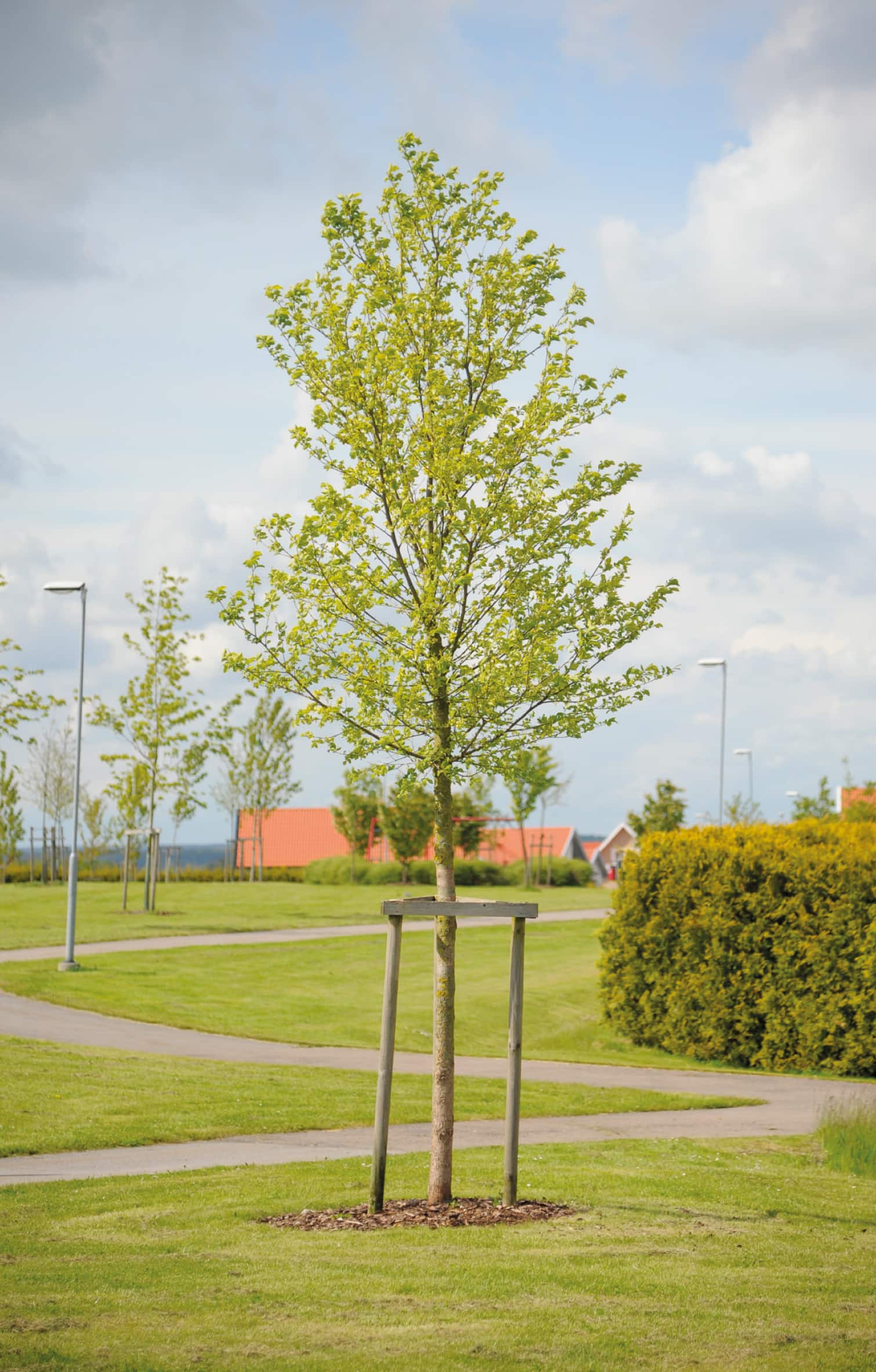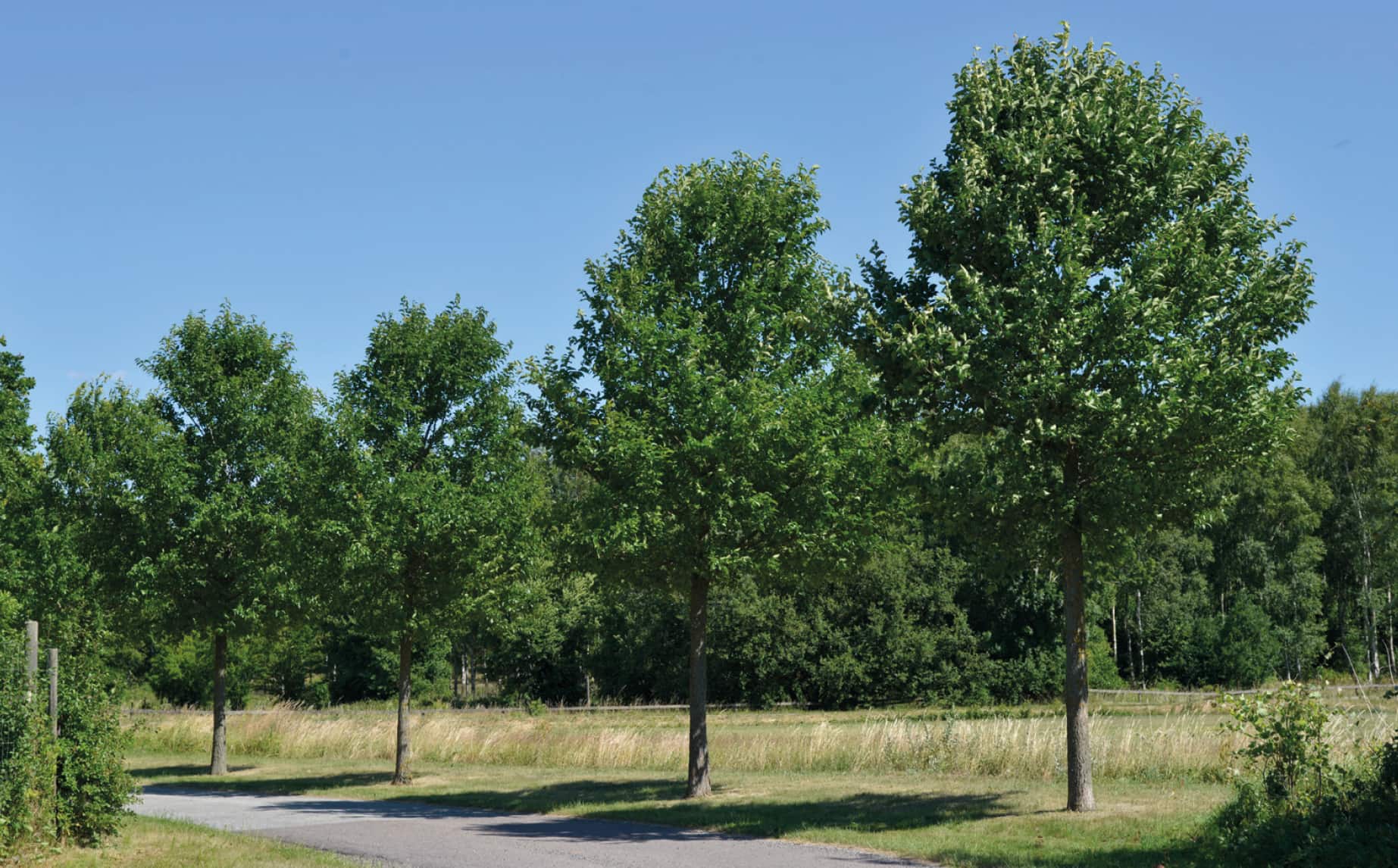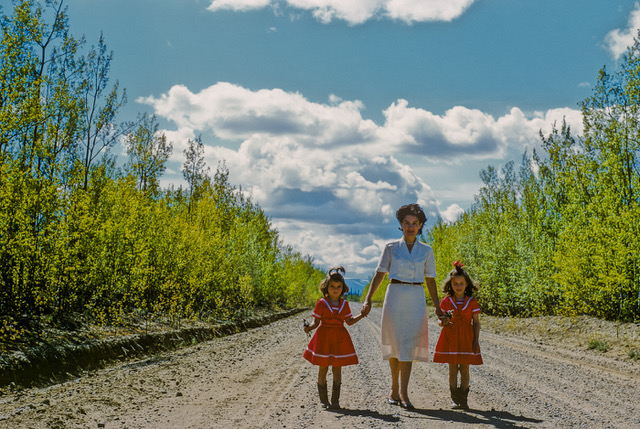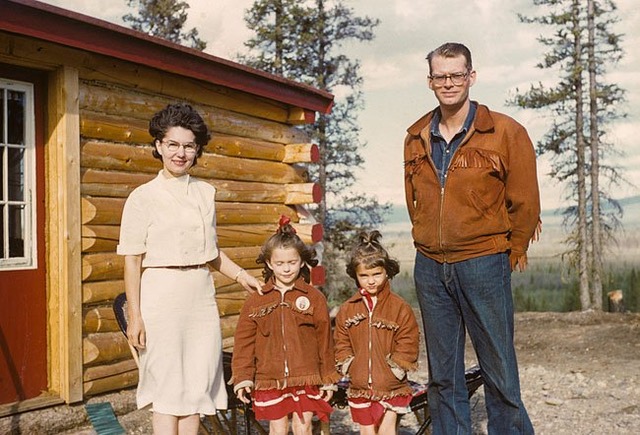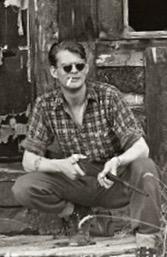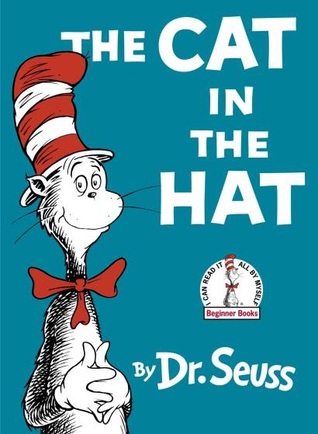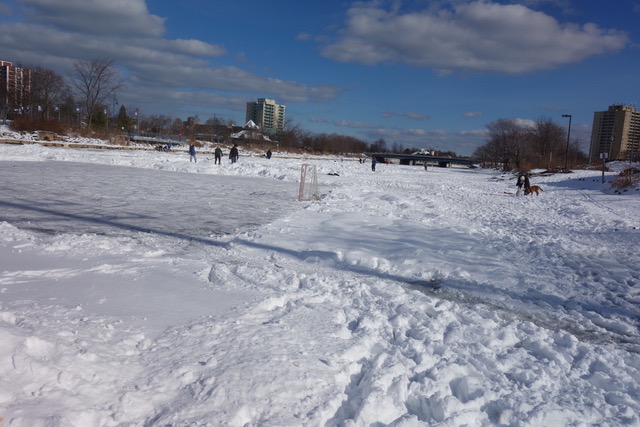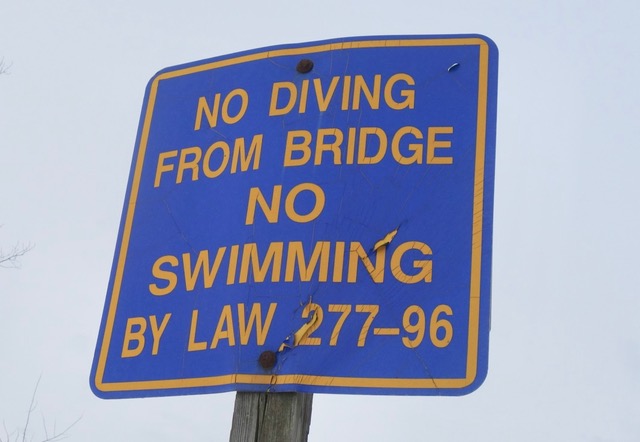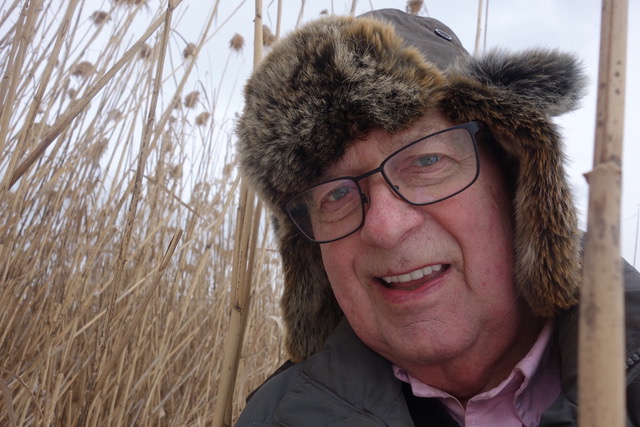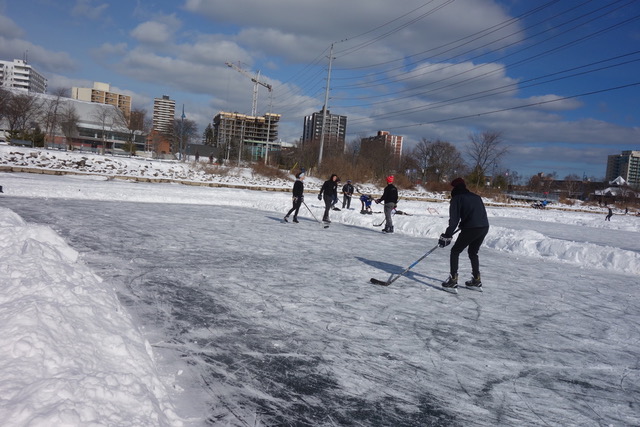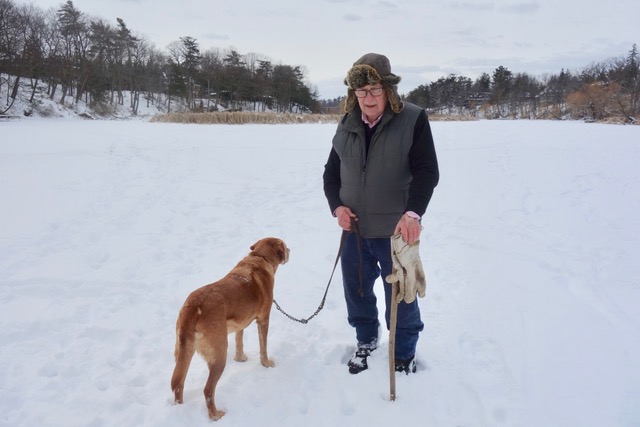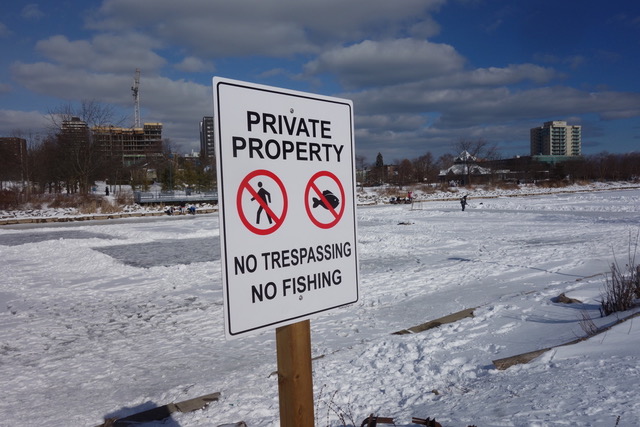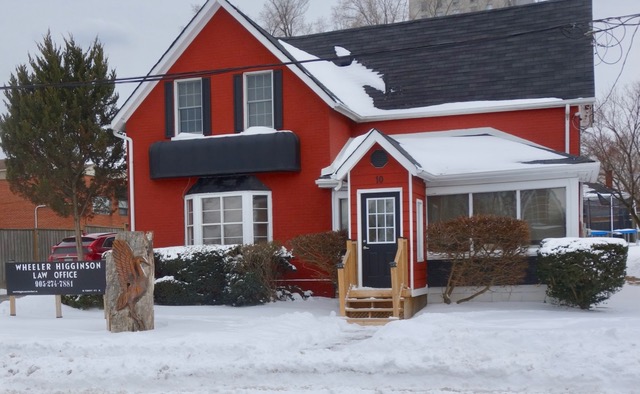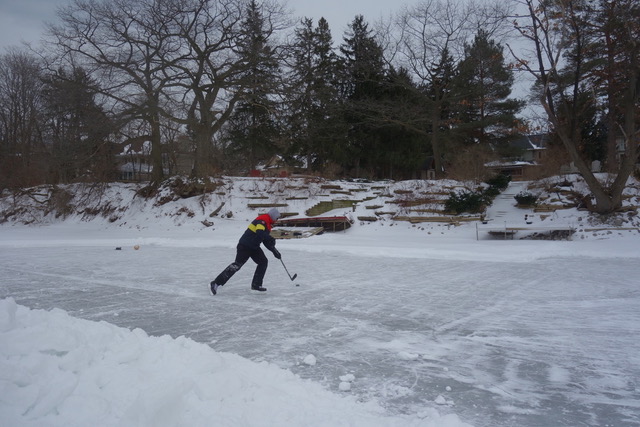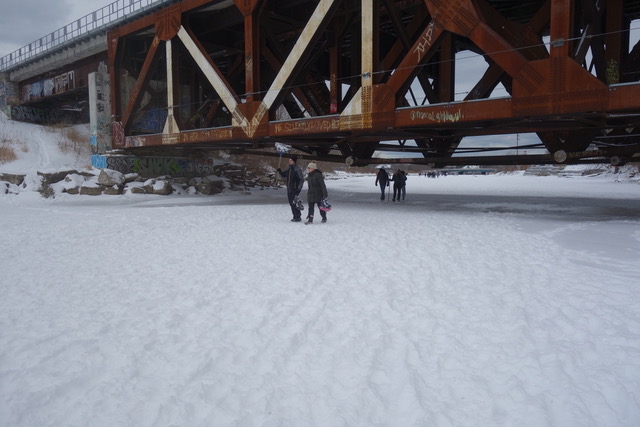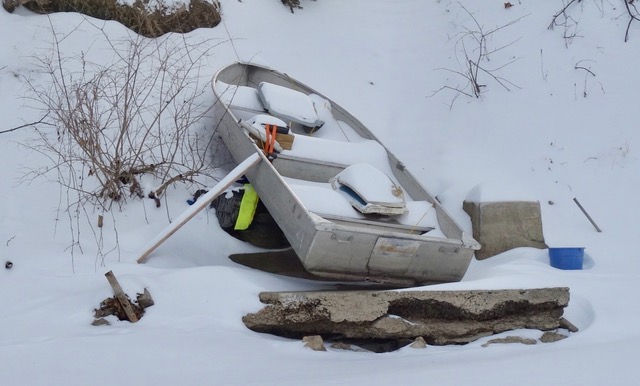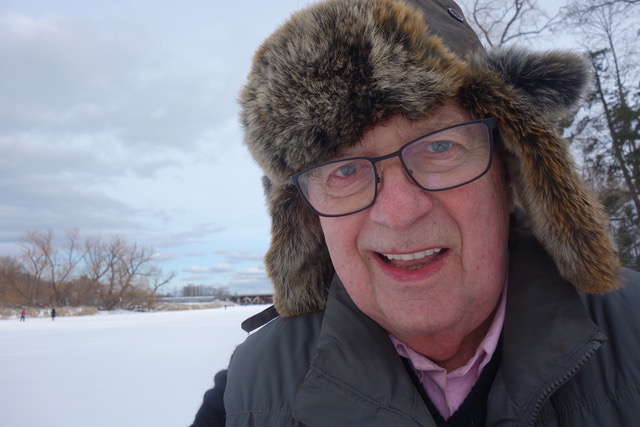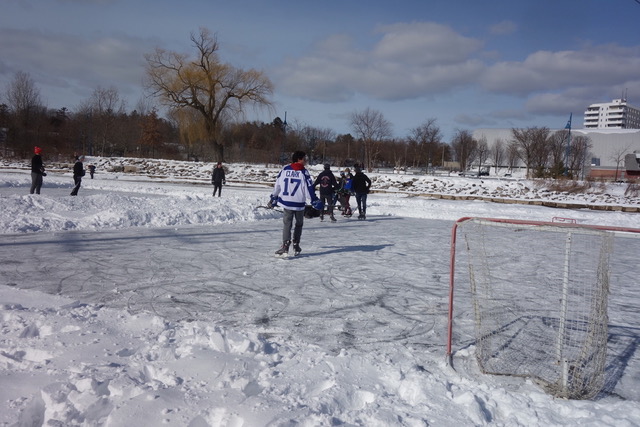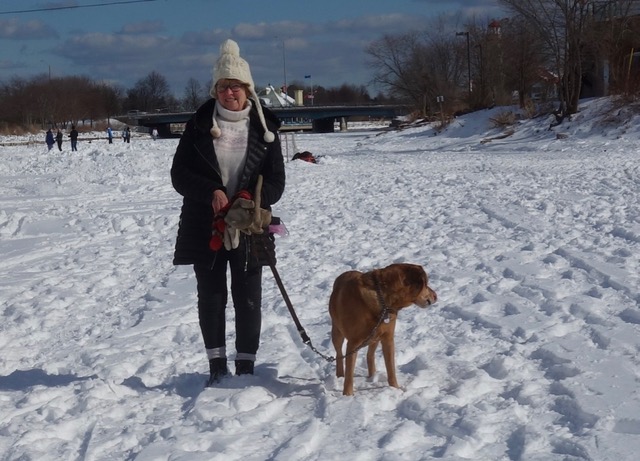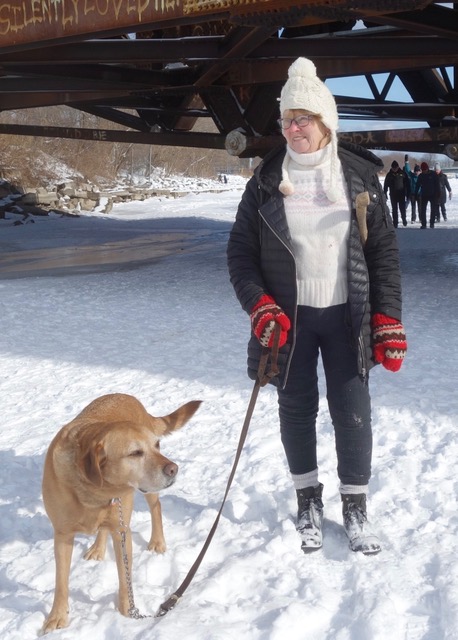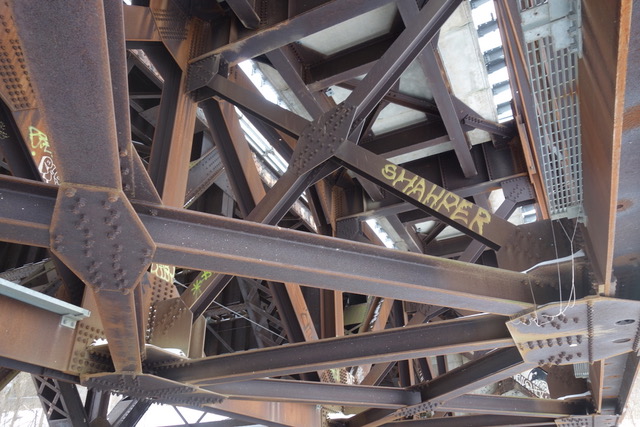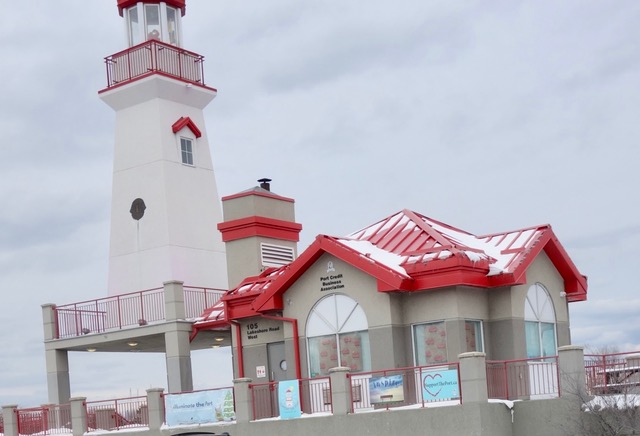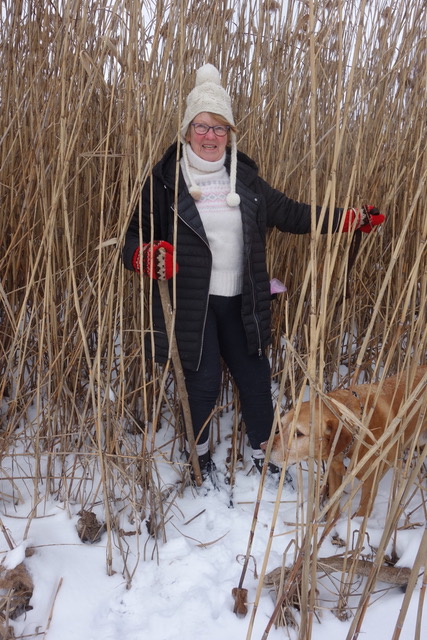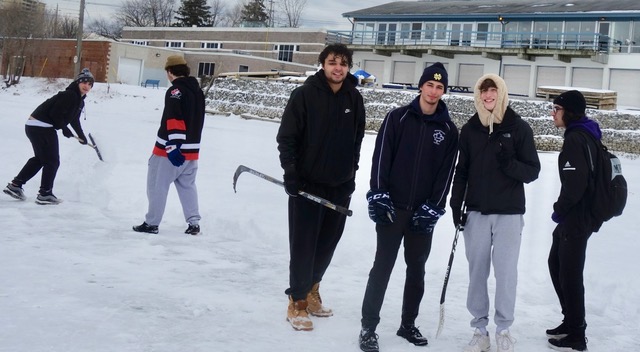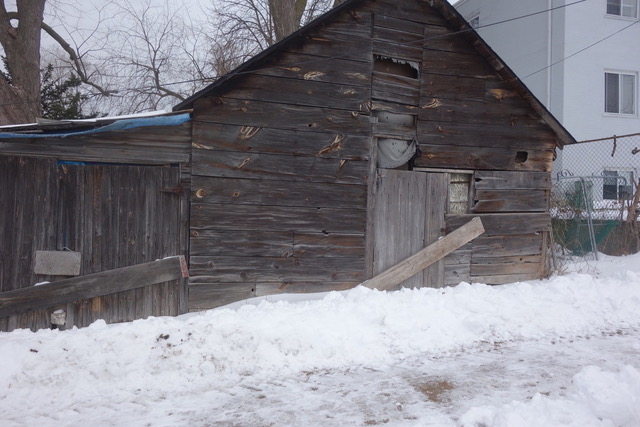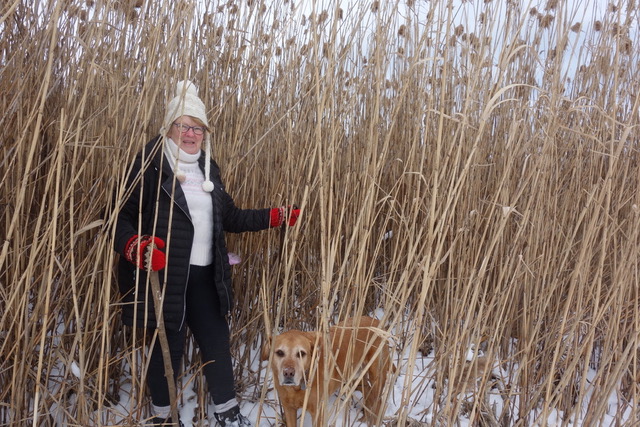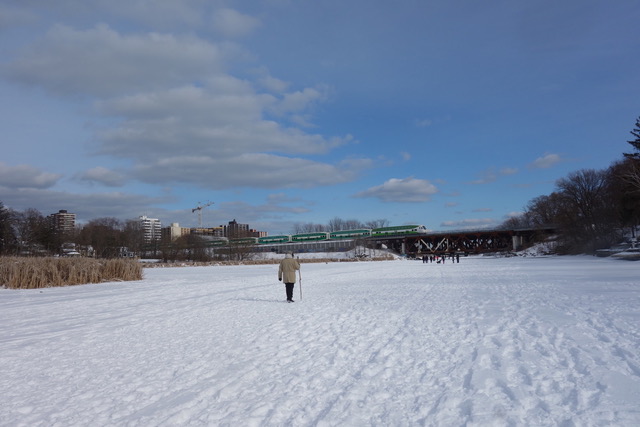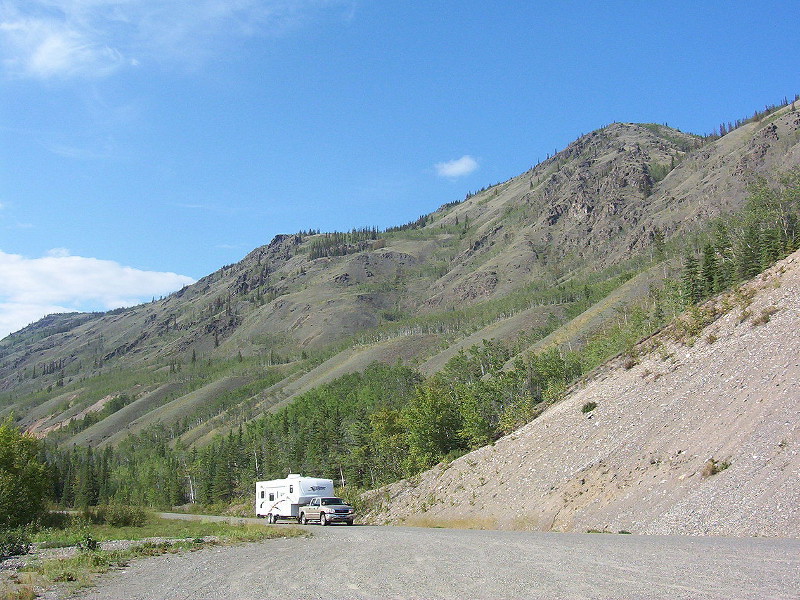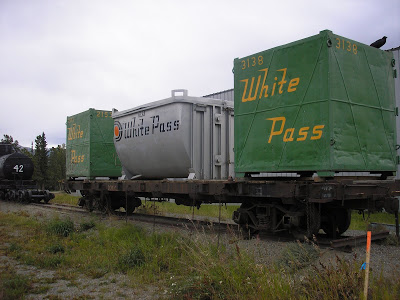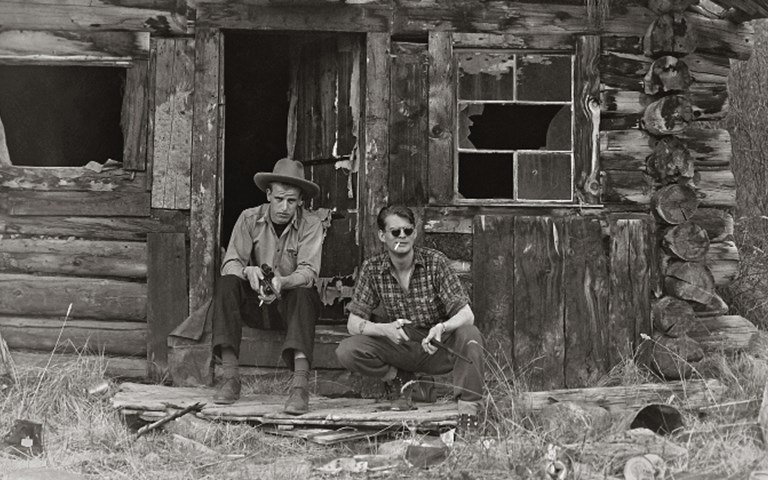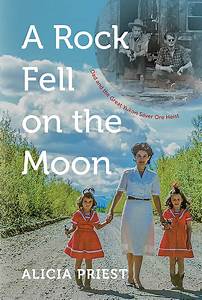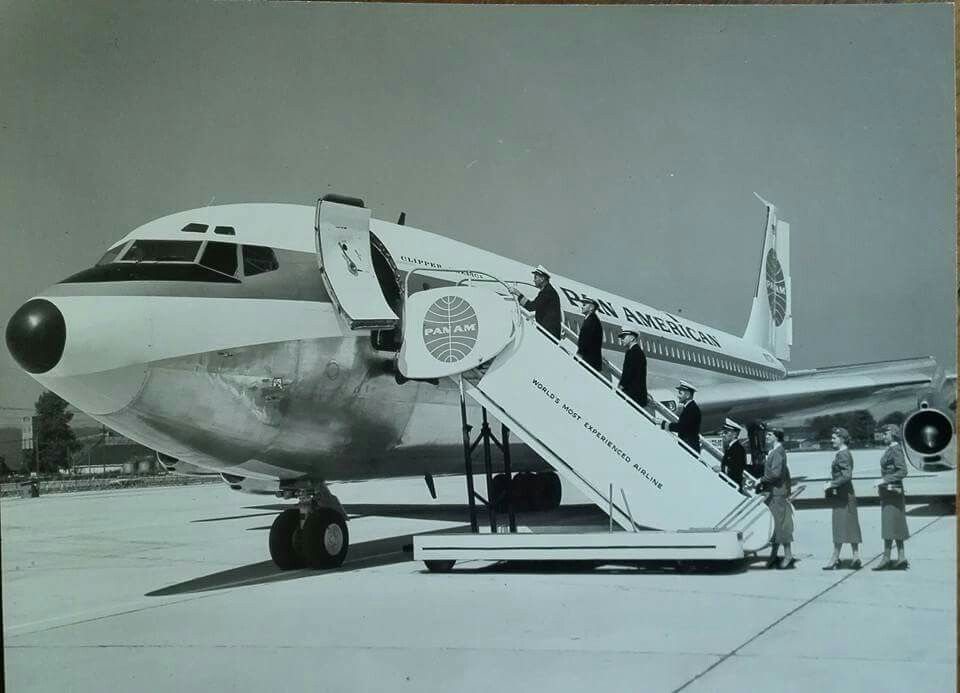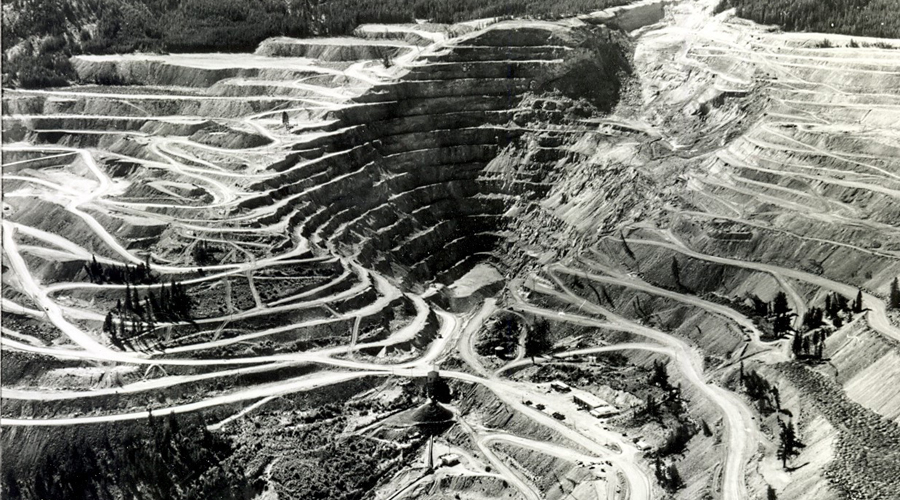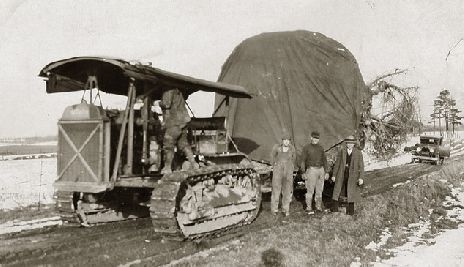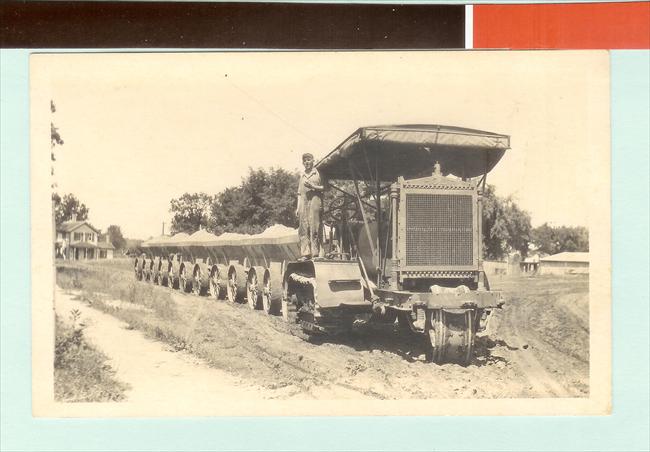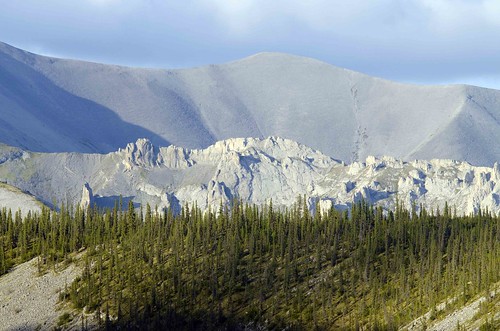EPISODE 253 A ROCK FELL ON THE MOON … by Alicia Priest …magnetic PART ONE
alan skeoch
Feb. 2021
REMINDER
Story is intricate….fascinating at least to me…very global as well, i.e. Russia in time of Stalin and
persecutions of 1930’s when people ate grass, dead animals and worse…a marriage…two
little girls one of whom became an author just months before she died…and a father
who had a grand scheme…and a trial in Mayo Landing in Nov. 1963 where it was so cold
lawyers dare not turn of their car engines…defence lawyer Molson (beer family fame) had a brand
new 1963 Pontiac which was scrap at the end of the trial…ran day and night…
45 degrees below zero…lower than that…coldest place in North America…Mayo Landing
where the lawyers and jurors drank double O.P.’s
in the Chateau Inn as we did in the summer of 1962..while Gerald Priest was stealing sacks
of silver ore (if true)…hidden in the bush we were surveying that summer…and where a third man escaped prison because his
jailed associates never ratted on him. Honour among thieves.
And the question of who owned 70 tons of silver ore…Was it from a ‘rock that fell on the moon.
or was it stolen from Keno Hill ? How do you steal 70 tons of ore?
I must have seen, maybe talked to, Gerald Priest in the summer of 1962. Maybe I even noticed
Alicia playing with Caesar, her dog, on a gravel road in the lonely mining town of Elsa where
we bought our food and had ice cream cones. Alicia may have had an ice cream cone on a day
that Bill Scott and I had ours. We were there often.
Alicia’s story is magnetic…like the Galena ore hidden on the trail near Keno Hill.
We were there….Bill Scott and I…while one of the great thefts in Canadian history was happening…and no one knew.
Why did I never hear about this crime (if it was a crime) until 2013? Simple. President John Kennedy was shot in November
1963. All other news fell by the wayside. THE ASSASSINATION OF PRESIDENT KENNEDY ECLIPSED THE THEFT
OF 70 TONS OF SILVER ORE FROM AN OBSCURE MINE HIDDEN IN THE YUKON. Few people in 1963followed the mining story.
alan
EPISODE 253 A ROCK FELL ON THE MOON
alan skeoch
Feb 2021
Alicia Priest was 10 years old in 1962. I was 23 years old. We never met although we may
have seen esch other. She lived in Elsa and her dad was the assayer for United Keno Hill Mines,
a silver and lead mine in the centre of the Yukon Territory, Canada. She was a happy little girl
living in a nice pan abode house provided by the mining company. Alicia and her older sister
Vona loved the wilderness in which they lived Her mom was a German born Mennonite who
just barely escaped the purges of Joseph Stalin after World War Two. Her daughter becameMrs. Preist …
met Gerald through a lonely hearts club… through love letters exchanged before they met physically. Gerald was in a dead end
job in Elsa…OR he felt he was. He was a genius who had a plan that was as big as the moon.
Too bad he failed in the end. Lots of people were rooting for him…i.e. all the miners except one in
the Keno Hill mine at Elsa. Even some lawyers. All the citizens in Mayo Landing many of which
had been our employees and friends in 1962.
I wish he had succeeded too.
I am not alone. Mystery on top of mystery discovered reading Alicia Priest’s book
“A Rock Fell on the Moon’. Shocked me. I was much closer to events than I ever expected.
Where to begin? Should I start with the White Pass truck driver who wanted
a coffee snd directions? Or should I start with Alicia who wanted her Dad’s story told? Or should I start
with a Ukrainian Mennonite fleeing with the German army in 1945? Or should I start with the first trial
and jurors in Mayo Landing in November 1963? Or should I start with Gerald Priest’s giant boulder
that fell on the moon? Or should I start with the mysterious connection to Dr. Aho.? When his name popped
up in Alicia’s book I got goose bumps. I was a lot closer to this story than I ever expected.
There was a lot I did not know. Much of which will never be known.
Maybe I hould I start with myself…I was there but did not see? Blind.
Dan Bowyer, good friend and reader of these Episodes, has asked If the story of the Rock on the Moon
is going to be made into a serial where he has to sit on ‘pins and needles’. Can I tell the story all
in one episode? Sorry, cannot do that. Charles Dickens wrote his novels in episodes…tried to keep
his readers on pins and needles…succeeded. While not as gifted as Dickens, i will follow his example.
Why? Because the story is so damn complicated. Many stories interwoven. I have to surgically
separate each story…easier to do that using my Episode format.
To begin with I must have an attitude to the story. A value judgment. Where do I stand on the big
crime? Do I support Gerald Preist? Or do I side with United Keno Hill Mines Limited (UKHML)?
Like Alicia I really wish her father had succeeded in his argument that ‘a rock fell on the moon”
We are not alone. All the miners at Elsa, except for Price the mine manager, supported Gerald.
Sort of a David and Goliath story. Where the bold little guy succeeds. Wish that were so. Gerald’s
success is transient. Wish that were not so. Wish Gerald Priest was a really nice guy. He became
less nice as his life unfolded. Wish that were not so. If I had the power to change the story…to
make the story into a movie script with a happy ending, I would do so in an instant. Alicia felt that
way but stuck to the facts. I am afraid I would not do that…I would not let the facts get in the way
of a good story. I am not as devoted to journalism as Alicia. Well. Not entirely true. I have written
many episodes about Red Skeoch, my dad, who was anything but a prince of light. He had criminal
tendencies. But nothing like Gerald Priest. Dad stuck to $20 heists. Gerald Priest’s heist , if it was a
heist, amounted to anywhere between $200,000 and $1 million dollars.
Dad and Gerald Priest were both qjuie charismatic. They could tell bold lies with a straight face.
Schemers. Interesting people.
A ROCK FELL ON THE MOON
So the book title is as good a place as any to begin. “A Rock Fell on The Moon” Where did Gerald got the idea
of shipping 70 tons of silver ore
in the first place.? In his head. But there were other shadowy people involved. Mysterious
people one of whom I knew quite well. We were contracted to him but never fully knew that.
He died in 1977…an accident….tractor rolled over on him. Dr. Aho. His book was published
after his death. Very detailed and wonderful book…details, details, details. Except for the mysterious
story of the Rock That Fell on the Moon. In that chapter there are no names. Not one. All other
chapters are awash in details right down to nitty gritty…names, places, habits, broken legs, loose women
with names included. But that one chapter
has none. Dr. Aho was deeply involved. He provided Anthony ‘Pancho’ Bobicik with $50,000 dollars in 1962 for
whatever gear was needed…yet that is not mentioned in his book ‘Hills of Silver’. If I forked over
$50,000 to someone as strange as Bobicik (Pancho) I would want a receipt at the very least.
The mystery of one of the largest thefts in Canadian history remains a mystery to this day.
Peso Silver and Silver Titan were mining companies owned by Dr. Aho. I spent the summer of 1962
working on their mining claims. Good friends with all his men. But I never knew that somewhere nearby there were 70 tons
of stolen silver ore waiting for White Pass trucks to pick up. No one seems to have known
except for Gerald Priest, Pancho Bobiceck and a mystery third man who will never be known.
They kept their lips buttoned. They went to the Moon.
SUCH a simple book title. Enigmatic. Do rocks fall on the moon? Who would know? Perhaps
Neil Armstrong but I doubt that…all he did was step on the moon and leave bootprints.
So the title seems a bit stupid…sounds like a science fiction novel.
But Gerald Priest insisted until the day he died that a rock did fall on the Moon. Gerald
and Pancho, his partner, and a mystery man…the third man who got away agreed that
the rock that fell on the moon was nearly solid silver. Worth a lot of money. They argued
that this huge rock was loosened by weather or glacial activity thousands of years ago.
The rock then tumbled down Keno Hill and came to rest on the Moon.
The Rock that fell on the Moon must have been huge…like this,
perhaps larger.
How could a huge boulder roll down Keno Hill to the swamp far below? It is possible. Look at the slope.
The Moon? Yes, the Moon was the name given to series of four mining claims at the bottom of the Eastern
slope of Keno Hill. Gerald and his partner, Anthony ‘Pancho’ Bobicik , put their staking tags on the old
Moon claims whose tags had expired.
(claimed size 500, x 1,500 feet). They had discovered a mother lode of silver and lead. Called a ‘float’ in
mining parlance cause it floated on top of bedrock. They kept their mouths
shut lest others get involved. Pancho was a Czechoslovakian immigrant among
other immigrant miners at Elsa (UKHML). Single like most of the miners. Gerald Priest ran the assay office in Elsa. He determined
the silver content of the ore being mined underground. Married with two little girls, dog Caesar and a cat.
They were partners. Recent owners of the Mon claims. Miners who had struck it rich but
did not want anyone to know until the silver ore was smelted. Smelted? No smelter in Elsa…or
the Yukon…or western Canada. The nearest smelter was in the western USA. Somehow they had
to get 70 tons of silver/lead/arsenic ore from Keno City to the smelter? The smelter would pay…perhaps $200,000 or
more. Turns out the smelter paid less…$125,00. But not to Gerald Priest. What? Explain! i will in time.
How could 70 tons be
moved thousands of miles without being detected?
As things turned out it was quite easy to move 70 tons of ore…671 Twill sacks to be exact, enough
to fill two railway cars. White Past Railway had the trucks sitting in Whitehorse. Gerald called for
three trucks to come to a long forgotten spot on a near forgotten mining road in June 1963.
Yes, it was unusual for three large trucks to pick up 671 unmarked twill sacks of something heavy piled along
the side of the gravel road. But it was not illegal. Why should the truckers even care. it was a job.
Elsa, the mining site and mill site, was nearby…at the end of the road really. Nothing beyond except claim posts here
and there, streams and rivers, a lot of the land swarming with mosquitoes who were breeding lustilly in the soggy swampland at the
bottom of the McQuesten Valley. If I was a trucker I would want to get loaded and get the hell back on the road to Mayo Landing
for a beer before the long 250 mile haul to Whitehorse. Two of the drivers must have felt that way. Once loaded they hit the road.
The last truck, however, did something different. He was supposed to take the Duncan Creek road which by passed
Also. But he got lost.
He drove into Elsa. Stopped at the coffee shop for a drink and some directions. Elsa…town of 600 people at the end of the road.
A town that poppied up in the mid 20th century like a Sheep’s Nose Mushroom, then after a couple of decades just melted into
nothing as if it had never existed. On that June day in 1963, the town was very much alive. Miners, mostly immigrants. Elsa was the second richest silver
mine in Canada….third richest in the world…”spitting out 6 million ounces of silver every year” These were good times for UKHML.
Unknown resident in Elsa around 1962. Pan Abode houses were provided to executives and professional employees
like Gerald Priest and his family. Even so, life was bleak at times.
A twist of fate occurred. The Mine manager noticed the truck and wondered what the hell it was doing on the Elsa road.
This was not an ore shipment day. Albert Edward Pike was nicknamed ‘Little Hitdler’ by his miners many of which were
immigrants from post war ravaged Europe. He was not liked. But he was obeyed. He wondered what was in the truck.
Suspicious he ordered the truck searched but by then it was on the way to Mayo Landing 32 miles down the road.
Albert Pike wanted to know what a White Pass truck was doing in Elsa with piles of sacks in the back.
He ordered one of his men, Lang, to find out what he could. “Anyone know what that truck was doing here?” by then
the truck was getting close to Mayo Landing. Pike wanted to know what was in those bags on that truck.
The road to Mayo was not a racetrack…driving on a dry summer day was akin to crossing the Sahara. Dust..dust..dust.
Slow going. And another 250 miles to reach Whitehorse. No rush.
The truck was searched by many men while the driver had his lunch in Mayo. One of those men, believe it or
not, was Dr. Aaro Aho. The man we worked for in 1962. Why would he jump on the back of that truck to get…steal…
Samples were to send back to Pike? Seems an odd thing for a man like Aho…a distinguished geologist.
“Strange things are done in the midnight sun” as Robert Service said.
Service should have been in Mayo Landing. He would have written a poem about these men stealing samples from a
truckload of ore bags while the driver had his lunch. Did the driver not see them? Mayo Landing is a tiny place.
Think about it. If the driver had not stopped for coffee and directions the three truckloads of silver ore could well have
reached the smelter and Gerald Priest need explain nothing to anyone. Alicia wished such had happened.
Her life would have not taken such a bad turn for the worse. Her momma cat might not have been shot. Her wonderful
dog Caesar might not have been ‘put down’.
WHERE DID THESE 3 TRUCKLOADS OF SILVER ORIGINATE? TWO POSSIBILITIES
You will see this picture often. It is one of the few pictures of Gerald Priest (on the right) , a picture
that captures his personality. When I first saw this picture I thought it was taken in front of the cabin
in which we lived part of the time in 1962. Not so. Our windows were intact. But cabins like this
popped up often as we did our surveys. WHAT about the 70 tons of silver ore? We could
have walked over the pile and took no notice. Take a close look at Gerald. Memorize.
POSSIBILITY ONE: The 671 bags of rich silver ore came from a boulder that fell from
the top of Keno Hill to the Moon mining claims in the almost impenetrable valley below. The Gerald Priest And Pancho
thesis. The third man remained unknown. The ore was listed as the property of Alpine Gold and Silver Mines
Limited. Owner was Pancho Bobicik
POSSIBILITY TWO The 671 bags of silver ore were secretly stollen from the UNITED KENO HILL MINE. Somehow?
An investigation was underway which would prove the origin of the ore. Both Gerald Priest and Pancho
were thieves and will be prosecuted. The theft involved a third man who has not been identified. The RCMP
were notified immediately. (He had never heard of Alpine Gold and Silver Mines Limited.)
TWO POSSIBILITIES: WHICH SEEMS MORE LOGICAL?
TO BE CONTINUED IN EPISODE 254
Sometimes the fate of great schemes collapse due to slight mistakes. Had the truck driver not
got last Gerald snd Pancho might have been rich men. And Geralds wife Helen with her two children
Vona and Alicia would not have suddenly found themselves living in the cellar of an East Vancouver slum.
Alicia was 10 years old and confused. Why were they leaving Elsa? What about her cat whose
kittens had been so playful. “What happened to our pussy cat, Daddy?”
“She is living with friends. She is fine.” Truth be told, Gerald Priest shot her.
“And where is Caesar?” “He is old…have your mother put him down.”
Just who was Gerald Priest?

